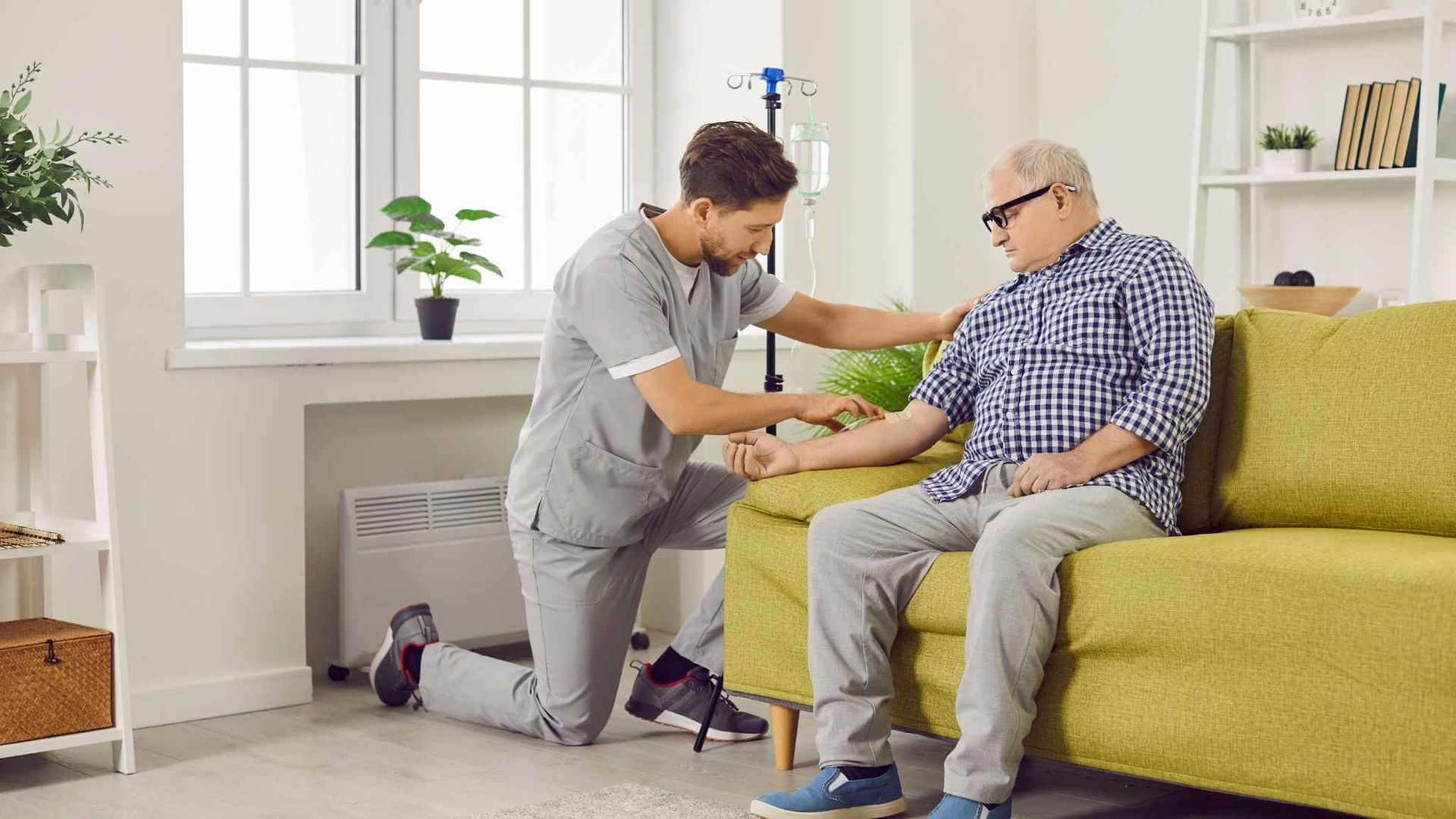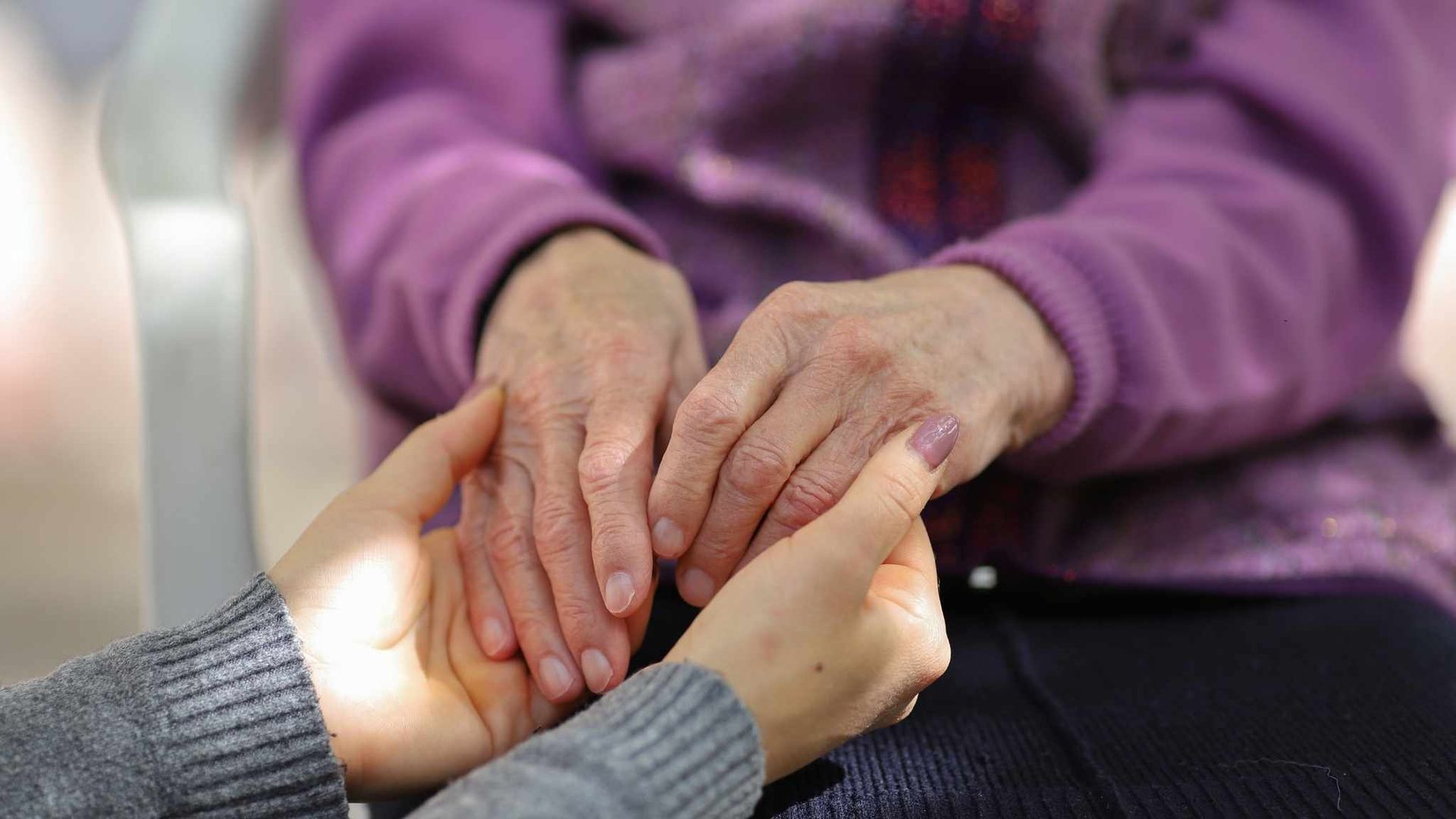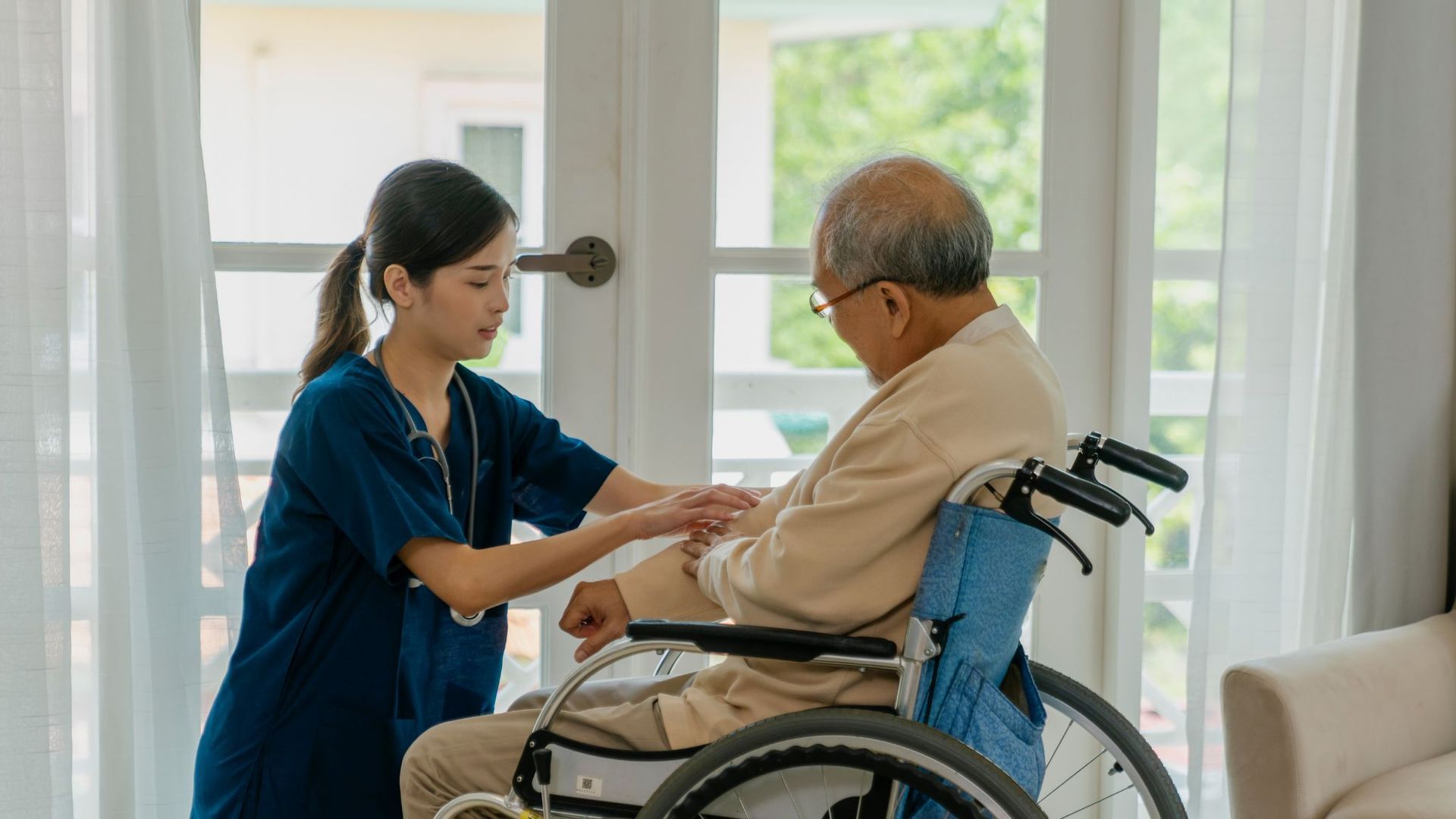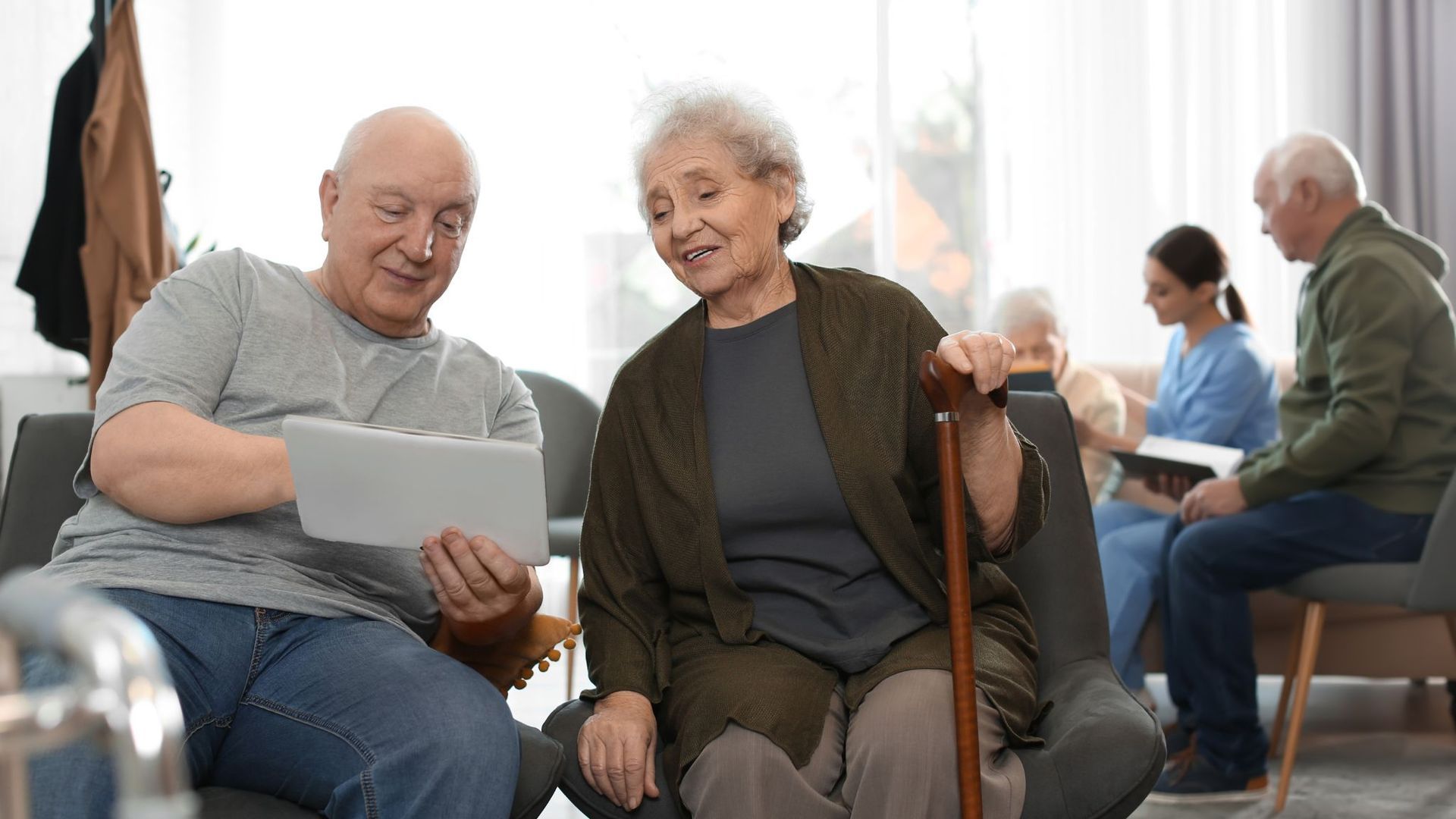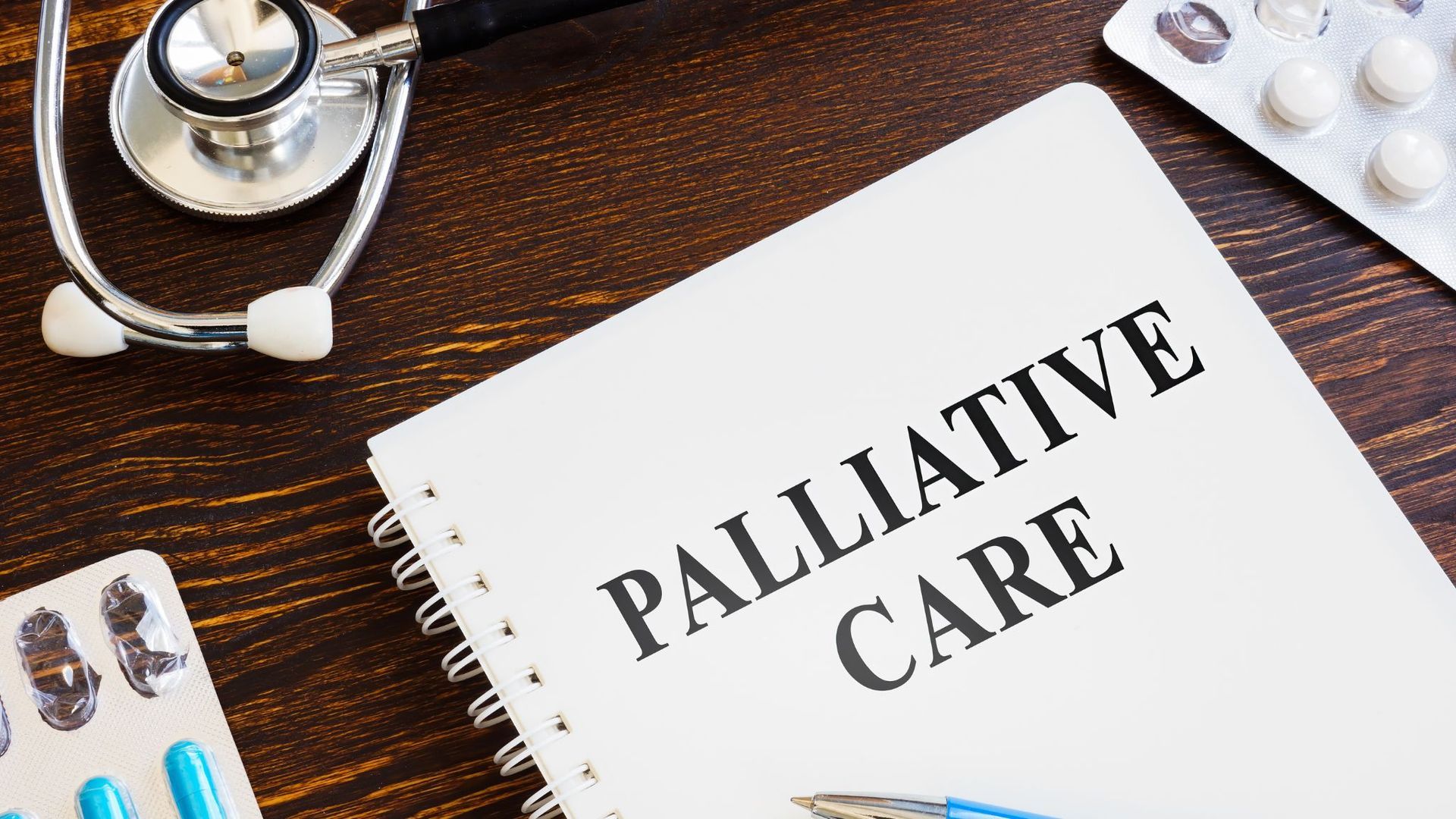What is Hospice Care at Home?
Home is where the heart is. For individuals facing a terminal or chronic illness, this saying adapts a new meaning, as the familiarity of your own home provides peace of mind during their final days.
But
what is hospice care at home?
In-home hospice care, contrary to the usual facility-based care, prioritizes familiar environments for patients' overall well-being. A dedicated hospice team, including
nurses, aides, social workers, and chaplains, collaborate to provide holistic care tailored to the needs of the patient and their loved ones.
Simply put, hospice care helps bridge the gap between the natural course of life and the need for medical support, ensuring that patients receive excellent care in the place they call home.
What is the Purpose of Hospice?
The primary goal of hospice care is not to cure an illness, but to enhance the quality of life for individuals with a terminal diagnosis. Hospice provides care tailored to a patient’s specific needs, and provides relief from pain and symptoms while ensuring that individuals spend their remaining time as comfortably as possible, surrounded by those they love.
Among the key components of hospice care is pain management, where medical professionals work together to control the patient’s discomfort in an effort to maintain their well-being. Hospice also offers emotional and spiritual assistance, providing guidance for both parties involved. Social workers and chaplains are available to provide counseling and assistance for family caregivers.
Despite its many benefits for both caregivers and patients, hospice care is sometimes misunderstood. A common misconception is that hospice is only for the last few days of life, where, in reality, hospice care can be provided for months, allowing patients and their families to experience their remaining time with proper support.
What Does It Mean When Someone Is in Hospice Care at Home?
When a patient enters hospice care at home, their medical treatment shifts from curative efforts to comfort-focused care.
But what is hospice care at home exactly?.
Hospice care at home provides a structured approach, ensuring that patients receive care customized to their needs in their familiar surroundings. Families can expect a comprehensive care plan that includes:
Daily Care
Hospice aides assist with personal care tasks such as bathing, dressing and feeding, while maintaining the patient’s dignity and prioritizing their comfort.
Medication Management
A hospice team, usually composed of doctors, nurses, and aides, provides pain and symptom relief through medication and treatments specifically for the patient’s condition.
Emotional Support
A hospice includes counseling and emotional guidance for both the patient and their loved ones, addressing any feelings that may arise, like grief, fear, and anxiety.
How Long Do People Live in In-Home Hospice Care?
Life expectancy in hospice care varies greatly, as every individual hospice patient’s journey is unique.
While the six-month prognosis can be accepted as a general guideline, some patients can live beyond this timeframe, while the condition of others can decline more rapidly than others.
Patients remain eligible as long as their condition continues to meet hospice criteria, routinely checked through continuous evaluation and reassessment. Hospice teams generally adjust care strategies based on evolving medical needs and comfort levels, ensuring that support remains appropriate, effective, and aligned with the patient’s changing condition.
When to Put Someone in Hospice
Deciding when to transition a loved one into hospice care can be challenging. Frequent hospitalizations, declining ability to perform daily activities, and increased pain or discomfort are usually considered as factors.
Early enrollment in hospice care allows patients and families to receive the maximum benefits, ensuring better symptom control, emotional support, and comfort-focused care. Families should have open conversations with doctors, hospice providers, and one another to make informed, compassionate decisions about transitioning to hospice care.
By recognizing the right time for hospice, families can ensure their loved one’s final stage of life is as comfortable and meaningful as possible.
Final Thoughts
Hospice care at home indeed embodies the belief that home is where the heart is, allowing individuals to spend their final months or days in a familiar and comforting environment, surrounded by loved ones. It offers more than just medical aid, it provides a sense of peace and emotional reassurance for both patients and their families.
Knowing what is hospice care at home helps families go through this journey with clarity and compassion, ensuring their loved one’s final chapter is filled with comfort, meaningful moments, and unwavering support.
Support When It Matters Most
At Olympia Hospice Care, we are committed to providing compassionate, personalized support for both patients and their loved ones. We know that navigating this stage of life can be overwhelming, and our team is here to ease that burden with expert care that prioritizes dignity, comfort, and peace.
If you or someone you love needs hospice care at home, we’re here to help.
Contact us today to learn how our dedicated team can provide guidance, relief, and the quality care your family deserves.
